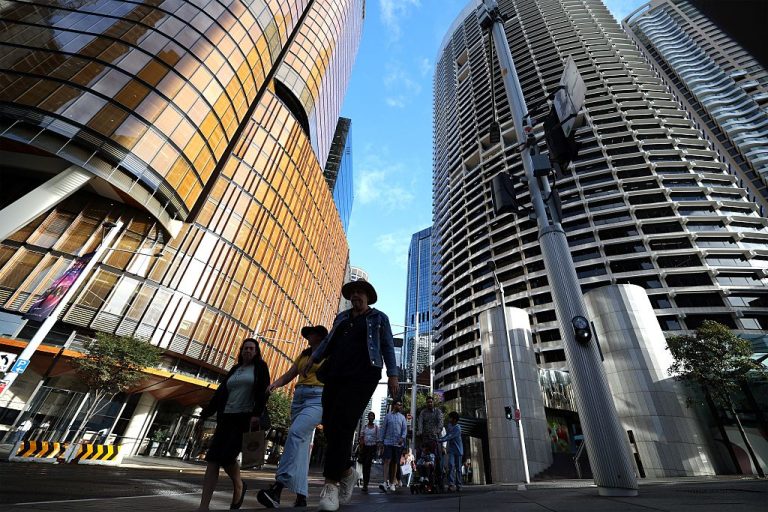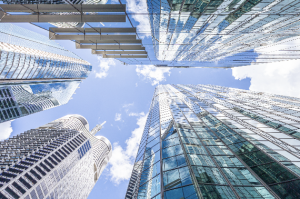101 guide to investing in commercial property

Residential property investment is something most people are aware of but non-residential property (commercial property) is not so well known.
It is understandable that most investors feel comfortable with residential property investment as it is usually something they are familiar with, whether it be for a house, an apartment or a unit.
Many people have also rented property, so they have some understanding of residential property investment – at least from the tenant’s perspective.
Commercial property is not so well known. If you do not run a business from a commercial building, most people are unfamiliar with commercial leases, GST implications and who is responsible for the building’s expenses.
This article will give you an insight into commercial property investment.
Commercial property comes in three main forms: office, retail and industrial property and there are key differences in investing in commercial property compared with residential property.
Risk & return
Investing in residential property is relatively low risk and, therefore, low return. Commercial property usually has a higher return but also a higher risk. For example, a flat or unit will average a return of 5% return whereas industrial property, such as a warehouse, might average 8%.
The higher risk comes from higher vacancy rates. For example, it could take many months to find a new tenant for a warehouse but in a residential property, finding a new tenant will generally take a week or two.
Leases & tenants
Residential leases are usually for six or 12 months but commercial property leases usually run for much longer. It is not uncommon to have five-year leases with an option to renew for another five years.
The tenant is crucial to your property investment. In the world of commercial property, a large corporate tenant or government is considered ‘blue chip’ because they are likely to stay for a long period of time and are unlikely to default on the rent.
Economy matters in commercial property
The success of your investment is dependent on the economy. If your building has a tenant whose business has to close, you could face some very hard times. Residential property is fairly resilient when it comes to the economy; it may just take you a little longer to find a tenant or you may have to lower your rent by $5 or $10 per week.
Investing in commercial property is often much more expensive than investing in residential property. Inner-city office or retail buildings are generally the most expensive, due to their location. Industrial property on the edge of the city is usually large, so it can also be expensive. Costs can be kept down by buying smaller, strata title premises.
Cost of upkeep
It is relatively cheap to upgrade residential property; new carpets or paint, a new kitchen or bathroom can cost $20,000 to $30,000. But upgrading a commercial building can be expensive, whether it’s new air-conditioning, health and safety upgrades or refits. However, the costs are rarely borne by the owner.
An advantage of being a commercial property owner is that the tenant usually pays most outgoings, including rates, repairs, maintenance and insurance, so most of the rent is kept by the owner. This differs with residential property, where the owner pays for taxes, rates, maintenance and repairs.
With commercial property, the details of who pays the outgoings, how much rent is owed, how often it is increased etc is all outlined in the lease.
The lease is the most important document when dealing with commercial property. They can run to 50 or 60 ages in length, they are not standard documents and they usually need a solicitor to draw them up. You should read the lease carefully and seek legal advice if you are unsure of anything.







